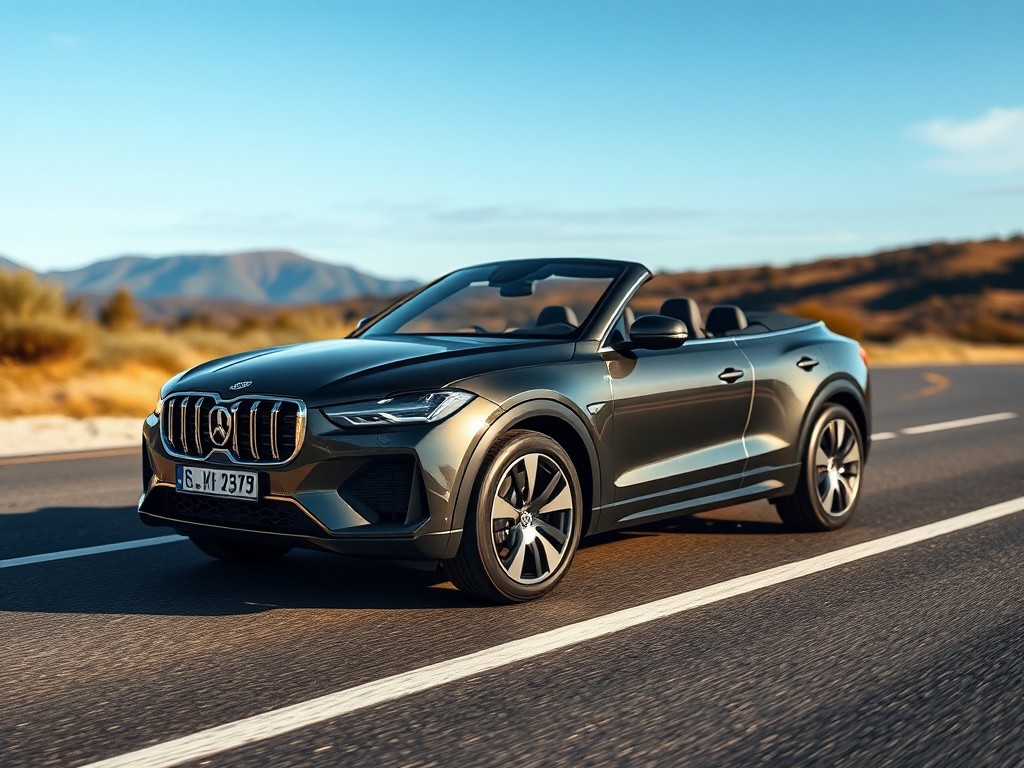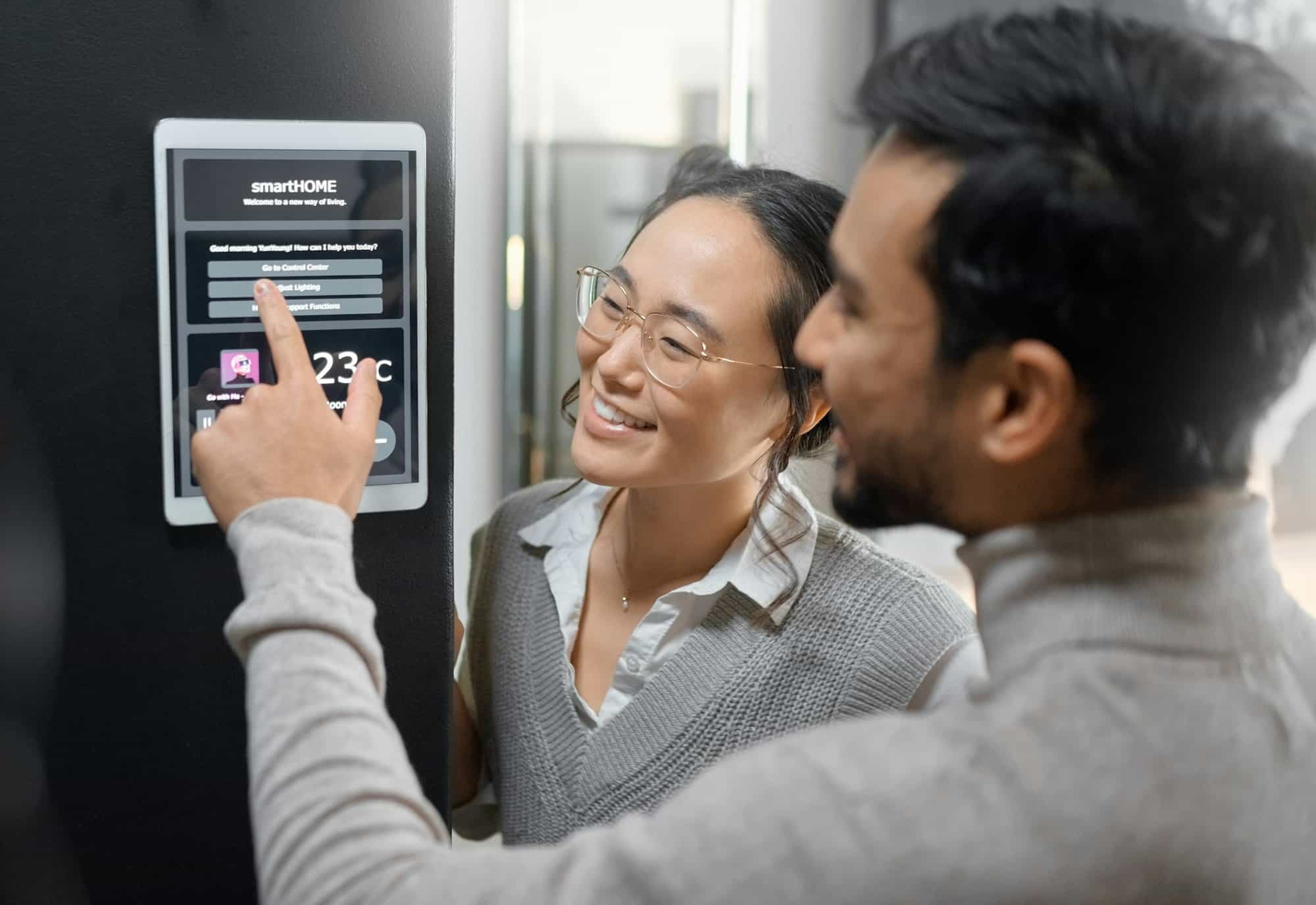When it comes to the safety of your children, nothing is more important than ensuring their well-being during car travel. This is where booster seats come in. The correct booster seat can mean a difference between a safe journey and a risky one. Designed to boost your child up to the right height for a seatbelt to work effectively, it’s a critical piece of equipment. But how do you choose the right one? That’s what we’ll cover in this guide specifically tailored for parents in the UK.
Understanding the Importance of Booster Seats
A booster seat is more than just an accessory for car travel. It’s a life-saving tool that ensures the well-being of your child.
In parallel : What are the implications of UK’s planned phase-out of petrol and diesel vehicles for current owners?
In the UK, the law requires children to use a child car seat until they’re 12 years old or 135cm tall, whichever comes first. After that, it’s recommended to use a booster seat until they’re 150cm tall.
The primary role of a booster seat is to elevate your child so that the adult seatbelt fits them correctly. Without it, the seatbelt can lie too high over their stomach or neck, causing severe injuries in the event of a crash.
Also read : What essential features should be considered when buying a car for rural living in the UK?
But not all booster seats are created equal. It’s vital to pick the right one to ensure maximum protection for your child. Here’s how you can do it.
Checking the Standards: Look for the ECE R44/04 or R129 Approval
Before purchasing a booster seat, the first thing you should look for is the standard approval label. In the UK, it’s important to ensure that the booster seat you’re considering complies with either the ECE R44/04 or R129 regulations.
These labels indicate that the booster seat has undergone rigorous testing and meets the latest safety standards. The ECE R44/04 regulation applies to all types of child car seats, including boosters, while the R129 (also known as ‘i-Size’) is a newer regulation specifically for Isofix seats.
Remember, a seat that doesn’t meet these standards is not only potentially unsafe but also illegal to use in the UK. So, check for the ECE R44/04 or R129 label before you make your purchase.
Considering the Types: High-back Boosters vs Backless Boosters
There are two main types of booster seats available in the UK – high-back boosters and backless boosters. Both have their pros and cons, so it’s important to understand their differences.
High-back boosters are considered safer because they provide better side impact protection, supporting your child’s head, neck, and spine. They also position the seatbelt better across your child’s body.
Backless boosters, on the other hand, are more compact and portable. They’re suitable for short, occasional journeys, or as spare seats. However, they do not offer the same level of protection as a high-back booster.
In general, it’s recommended to opt for a high-back booster if your child is going to be in the car frequently or for longer journeys.
Assessing the Fit: Size and Weight Guidelines
The right booster seat should match your child’s height and weight. It’s crucial to check the manufacturer’s guidelines before you buy.
Most high-back boosters can be used for children weighing between 15kg to 36kg, and backless boosters are usually suitable for children weighing between 22kg to 36kg.
However, regulations have changed recently in the UK. Under the new R129 regulations, backless booster seats are only approved for children over 125cm tall and weighing more than 22kg.
Make sure to measure your child’s height and weight and compare it with the manufacturer’s guidelines to find the best fit.
Adapting to Your Car: Installation and Compatibility
Lastly, it’s important to consider how the booster seat will fit into your car. Not all seats are compatible with all cars, and the fit can vary depending on your vehicle’s seat shape, seatbelt length, and whether it has Isofix points.
Before purchasing, you should check the booster seat’s fitting instructions and compatibility information. Some manufacturers offer fitting lists or online checkers where you can see if the booster seat fits your car model.
Also, consider how easy it is to install and remove the booster seat, particularly if you need to switch it between cars often. Isofix seats can be easier to install correctly than those that rely on the car’s seatbelt alone.
Remember, a poorly fitted booster seat can put your child at risk. So, always double-check the compatibility and fitting before you buy.
Bearing in Mind the Comfort and Convenience Factor
While safety is paramount, don’t overlook the importance of comfort and convenience when choosing a booster seat. After all, an uncomfortable child can be a major distraction for the driver on a long journey.
A good booster seat should have a comfortable seat pad and adjustable headrest to cater to your child’s growing needs. This ensures that your child is not only safe but also comfy during the ride. Look for a design with removable, washable covers to make cleaning up after little accidents a breeze.
In terms of convenience, consider how easy the booster seat is to transport and store. If you frequently switch cars or travel, a lightweight, portable model might be a good fit. Some booster seats even come with carry handles or foldable designs for easy portability.
For families with multiple children, a narrow design might be preferable to fit more seats in the back row. Remember, a booster seat that is practical and convenient to use can make your life a lot easier.
Finally, although it might seem trivial, color and design can matter to children. Choosing a booster seat in your child’s favorite color or one with a design they love can make them more eager to use it.
The Role of Reviews and Recommendations
Before making your purchase, it’s worth taking the time to read product reviews and ask for recommendations. Reviews from other parents can provide real-world insight into how the booster seat performs.
Pay attention to reviews that talk about the seat’s safety, comfort, ease of installation, and how well it fits in different car models. If a particular model has numerous negative reviews, it may be a sign to steer clear.
You can also ask friends, family, or fellow parents for their recommendations. They might have tried and tested a model that they can vouch for.
While it’s essential to do your research, remember that the ultimate decision depends on your child’s needs and your car’s compatibility. What works well for one family might not necessarily work for yours.
Conclusion
Choosing the right booster seat for your older child in the UK is not just about complying with the law. It’s about ensuring your child’s safety, comfort, and well-being during car travel.
Remember to check for the ECE R44/04 or R129 approval label and consider factors like types of boosters, size and weight guidelines, car compatibility, comfort, and convenience. Take into account the feedback from other parents and consider your child’s personal preferences too.
Booster seats are a crucial investment in your child’s safety on the road. So, take the time to choose wisely and drive with peace of mind knowing your child is protected. It’s always better to be safe than sorry, especially when it comes to the safety of your loved ones.











